FEDERICO FEDERICI
Notes (not only) on asemic phenomenology
Asemic writing points to a gradual weakening of the correlation between sign and meaning or, in the language of architecture and biology, to the confutation of the form follows function principle.

Any approach based on the restoration of a minimum alphabet from fragmented subsets, or on the recovery of some original syntax from noisy communication channels programmatically fails. The flux of symbols does not intercept and duplicate encrypted information. It works around the uniqueness of the code by blending familiar patterns out of context, introducing modifications in them, or devising new ones. This is one of the extremely subversive traits validating the paradox of asemic communication.
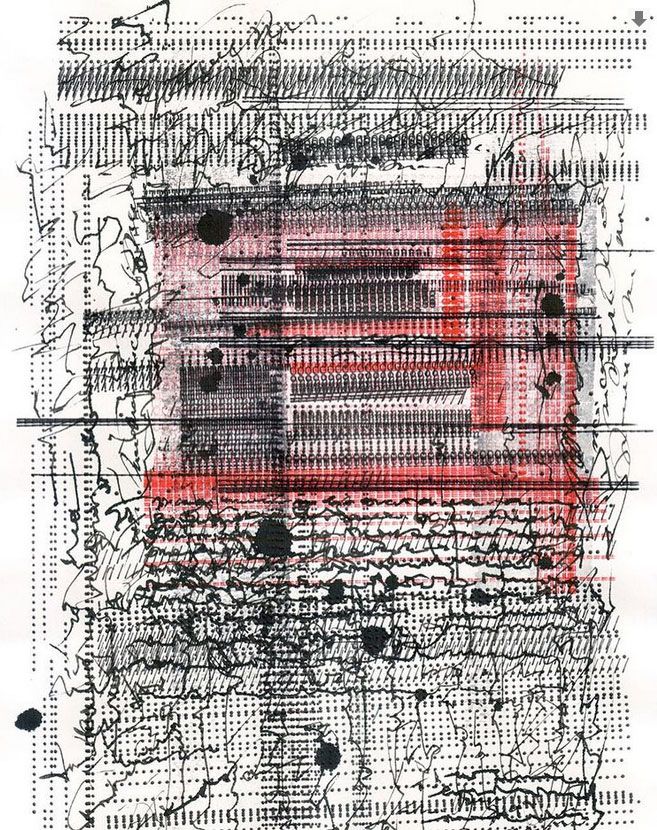
No recognisable genome exists, nor does any implicit one accepted by the community. Each text, regardless of its extent, embodies the full expression of a unique and obscure language which constitutes its stimulus and its essence. The powerful iconic synthesis thus accomplished absorbs all the traditional phonic elements, turning the act of reading into a pure visual experience, contemplative, even where a sequence of signs, apparently more persuasive, may hint at the presence of multiple narratives.
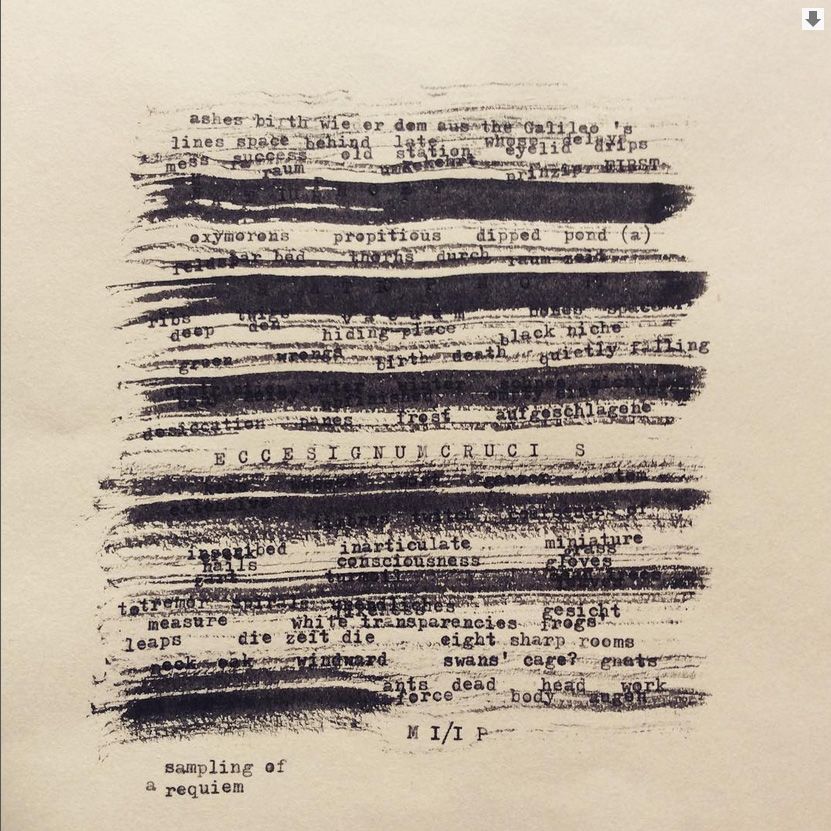
Each asemic form is not a statement in itself. It is rather an unaussprechbare Aussage (unpronounceable message) triggering the interpretive schemes of the subconscious, making the idea of an a priori of meaning redundant. Reading no longer consists of two contiguous yet distinct phases, namely decoding and interpreting. It becomes a unified creative activity performed upon the free surface of the text, drawing from unknown resources.

The psychological effects of brief asemic practices, stimulated in individuals with schizophrenia and alexithymia, have recently been investigated.[1] Winston, Christiane/ Mogrelia, Nazneen/ Maher, Hemali: The therapeutic value of asemic writing: a qualitative exploration, in “Journal of Creativity in Mental Health”, 11(2), London 2016, pp. 142–156. The comparative analysis of the writings, supported by the observation reports, has documented temporary improvements in mood and an increased awareness of emotional dimension, notwithstanding the onset of mild stress symptoms, following the assignment given on a daily basis.

The semiotic triangle (signified — signifier → sign) narrows to the vertex of the signifier, abandoning the sign and the signified to a formal solitude of their own. The elements immediately above the level of the word (periods, paragraphs etc.) are in essence preserved as counterweights of an alleged textual frame. The handwriting tangles in a net of vanishing points and nodes. It shifts as a system of cross-cutting but unstable fault planes. Is that a way to react to information, infected with acronyms and codes, and spare the meaning the agony of language?

Each writer experiences the extreme condition of linguistic minorities, being the first and last heir of a newspeak or of some dialect dying out.
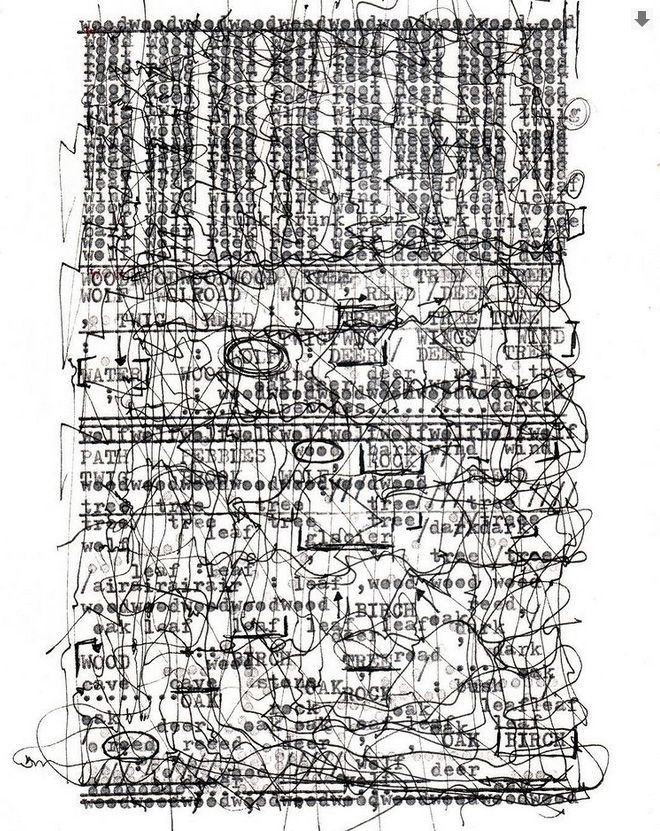
The substratum of James Joyce’s Finnegans Wake rests on text segments and notes from the most disparate studies. Although aimed at strongly oneiric mechanics, the new approach marks a radical turning point compared with Ulysses, bypassing the strictly psychoanalytic significance of the stream of consciousness, as documented in a letter addressed to Harriet Weaver: “[…] these are not fragments but active elements and when they are more and a little older they will begin to fuse of themselves.”[2]Joyce, James: Letters, ed. Stuart Gilbert, Vol. I, New York 1966, p. 204.
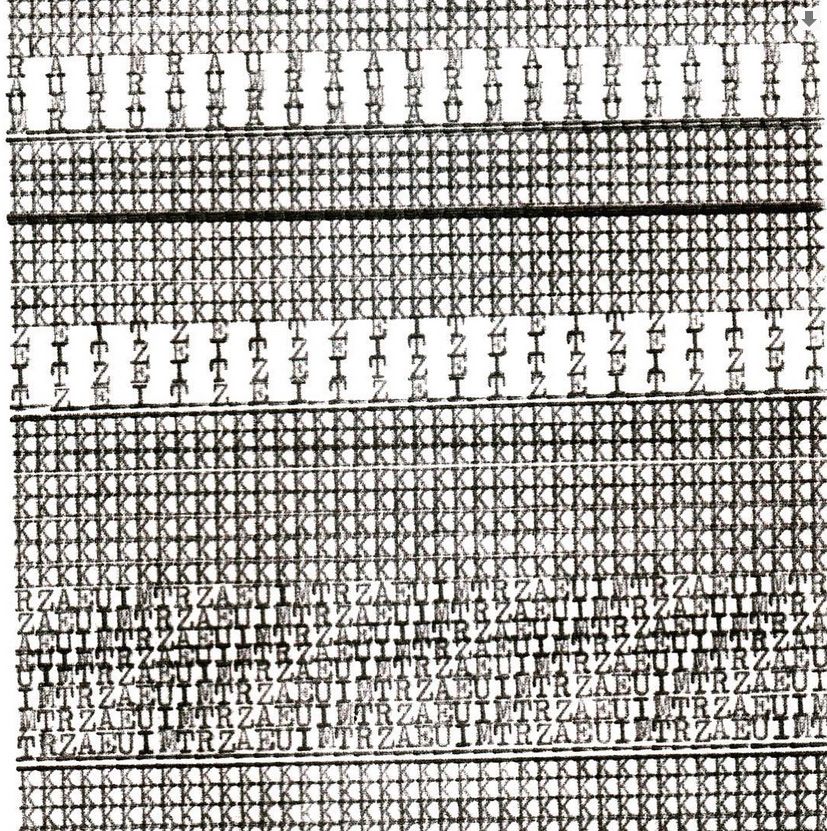
Pages become real laboratories wherein to let linguistic phenomena occur, recording them in the process of “writing from writing”. The plot, relentlessly rippled by distortions of places and dilations or ellipses of time, reveals itself as a living expression of Minkowski’s chronotope. The old meanings annihilate themselves and the linguistic particles transmute into pure sounds or mysterious crases. After all, the reality surfacing everywhere in the Universe is driven by the principle according to which light turns into matter and matter into light.

Some of the most outstanding narrative expedients stem from adopting the same methodological approach as the new physics, rather than from the fascination of its paradoxes. If quantum mechanics no longer relegates the physicist to the role of detached witness of phenomena, the reader must likewise play an active part in defining, not barely recovering, the meaning of the text.

Asemic writing, in turn, requires a special entanglement to be established between hand and subconscious for the uncertainty of the text to be the pure diffraction of “meaning through a grid of signs”. Reality always lights up the thin slit between sleep and awakening, but no factual data exist to approximately refer to. The written page does not coincide with the message. It is a filter, an analyser to investigate a space which is symbolic and “real” at once. The primitive intuitions of symmetry, similarity or self-similarity acquire double significance: a psychological and a metrical one.

Several lines of research are suitable for dealing with the intrinsic nonlinearity that follows.
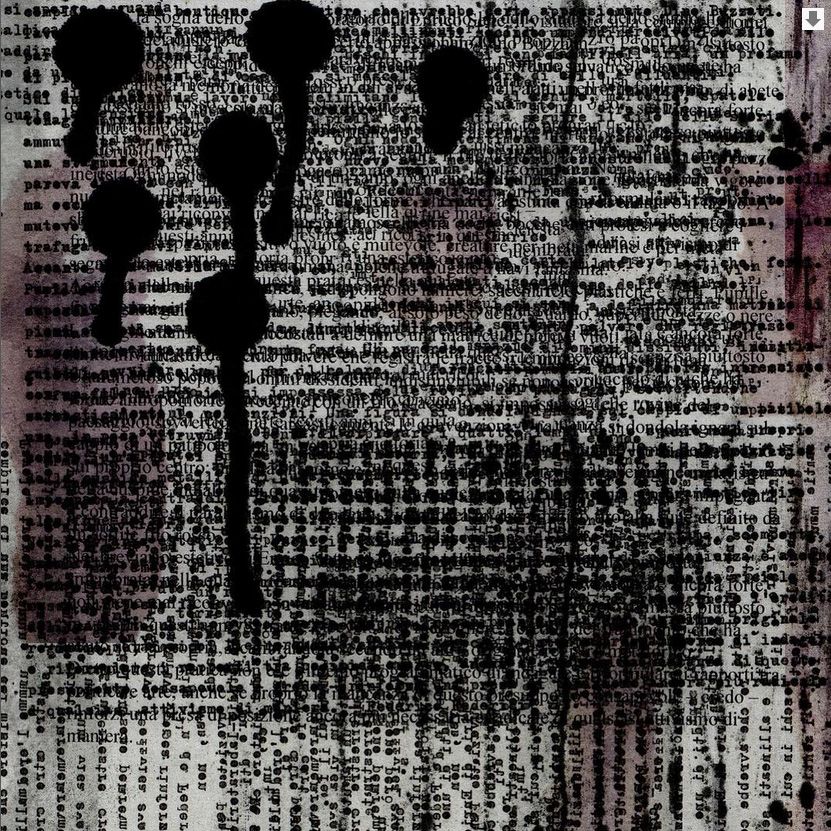
Topology-based methods could support or replace traditional hermeneutics to properly study such manifold structures. Each page, a snapshot of an unknown linguistic phenomenon, would hence be addressed as a set of fuzzy data.

To define and extract pseudo-linguistic features such as dimension, fractal analysis might be implemented. Provided that the most suitable algorithm has been chosen, this tool has proved to be powerful and flexible for clustering data, for detecting and extracting main features from noisy signals[3]Wornell, Gregory W. / Oppenheim, Alan V.: Estimation of fractal signals from noisy measurements using wavelets, “IEEE Transactions On Signal Processing”, Vol. 40, n.3, 1992, pp. 611–623. and for dealing with complex scaling laws or with chaotic dynamical systems. This rather unexplored blend of mathematics with writing might define unprecedented and more convenient interpretive techniques to probe works whose textual traits have permanently been subverted.
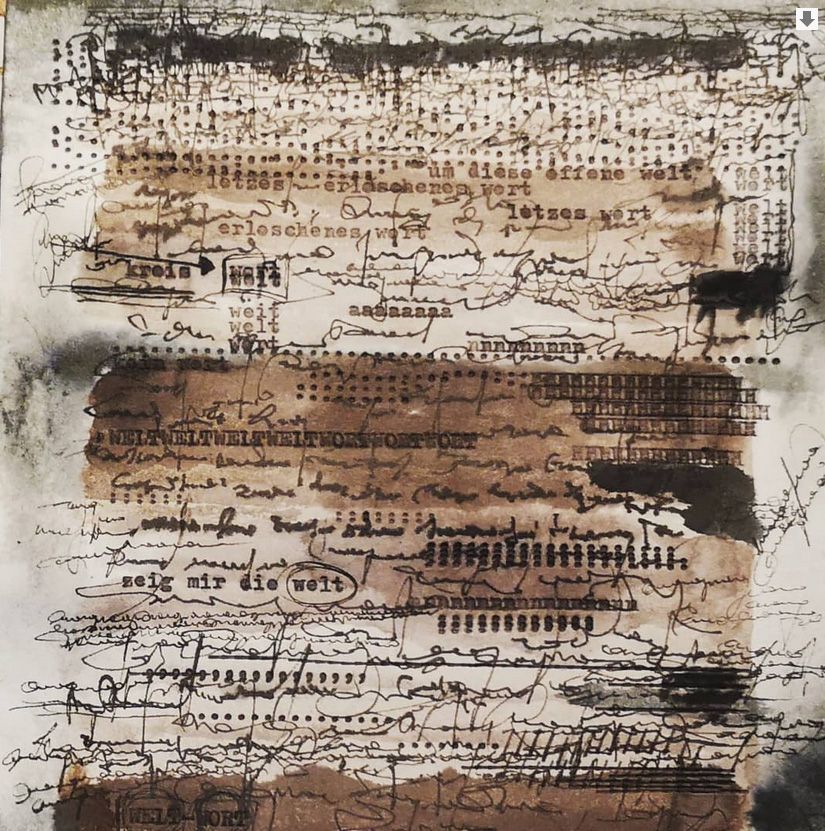
Alongside this investigation, dedicated routines can be developed to plunge conventional documents into pure asemic spaces, rearranging clusters of pixels according to precise shapes (straight line, square, etc.) and parameters (centre, diameter, etc.). Undergoing morphological manipulations, each scanned image evolves through different stages towards a new formal equilibrium. Such procedure has been fully tested with sheet music in Stuttgarter Strukturfonien (Federico Federici, LN 2019).[4]Higuchi, Tomoyuki: Approach to an irregular time series on the basis of the fractal theory, “Physica D: Nonlinear Phenomena”, Vol. 19, n.3, 2005, pp. 659–674.

Another approach, quite distinct from pure code poetry, paves the way to books whose content is never definitive, but continuously modified by means of sensors. The Way I Discovered The Berlin Wall Has Fallen (Federico Federici, LN 2017) is a project in which data from a TMP36 temperature sensor, driven by Arduino, are fed straight into the LaTex code designed to output the textual elements to be printed.[5]Artist talk during the exhibition Intuición Estética curated by Michael Jacobson in Cordoba (2016).

| 1. | ↑ | Winston, Christiane/ Mogrelia, Nazneen/ Maher, Hemali: The therapeutic value of asemic writing: a qualitative exploration, in “Journal of Creativity in Mental Health”, 11(2), London 2016, pp. 142–156. |
| 2. | ↑ | Joyce, James: Letters, ed. Stuart Gilbert, Vol. I, New York 1966, p. 204. |
| 3. | ↑ | Wornell, Gregory W. / Oppenheim, Alan V.: Estimation of fractal signals from noisy measurements using wavelets, “IEEE Transactions On Signal Processing”, Vol. 40, n.3, 1992, pp. 611–623. |
| 4. | ↑ | Higuchi, Tomoyuki: Approach to an irregular time series on the basis of the fractal theory, “Physica D: Nonlinear Phenomena”, Vol. 19, n.3, 2005, pp. 659–674. |
| 5. | ↑ | Artist talk during the exhibition Intuición Estética curated by Michael Jacobson in Cordoba (2016). |

























